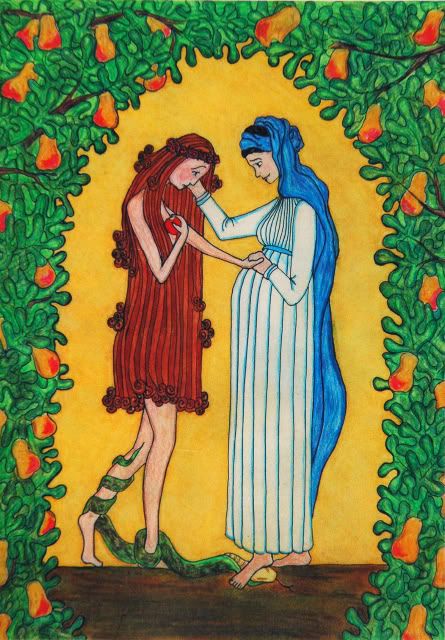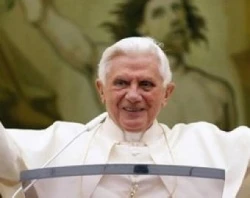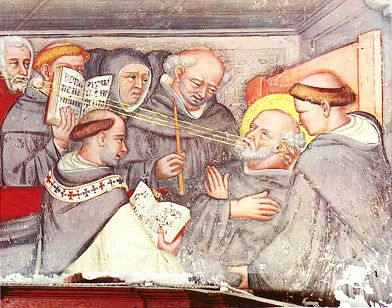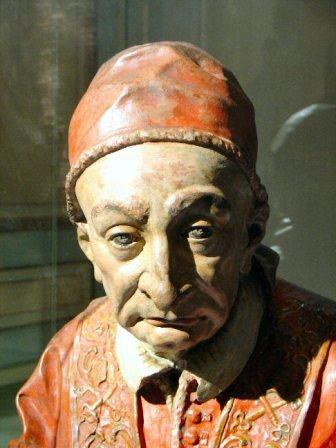
“Eve” When we left the garden we knew that it would be forever. The new world we entered was dark and strange. Nights were cold. We lay together for warmth, and because we were afraid of the unnamed animals, and of the others; we had never known about the giants, and angels gone wild. We had not been told of dwarves and elves; they teased us; we hid whenever they played.
Adam held me. When my belly grew taut and began to swell I didn’t know what was happening. I thought it was the beginning of death, the very first death. I clung to Adam and cried. As I grew bigger something within me moved. One day I fell and the pains started. A true angel came and pushed the grinning creatures back. Adam helped. There was a tearing. I thought I’d died. Instead, from within me came a tiny thing, a new creature, red-faced, bellowing, mouth groping for my breast. This was not death, but birth, and joy came to my heart again. This was the first-born child. How I did laugh and sing! But from this birth came death. He never gave me any rest. And then he killed his brother. Oh, my child. Oh, my son Cain. I watched from then on over every birth, seeing in each babe cruelty ready to kill compassion. For centuries the pattern did not change. Birth always meant death. Each manchild who was born upon the longing earth in gratefulness and joy brought me only a fresh ration of tears. I had let hate into the world with that first breath.
Yet something made me hope. Each baby born brought me hurrying, bringing, as in the old tales, a gift looking – for what? I went to every slum and cave and palace seeking the mothers, thinking that at least I could warn their hearts. Thus perhaps the balance might shift and kindness and concern replace self-will and malice.
So I was waiting at that extraordinary intersection of Eternity and Time when David’s son (Adam’s, too) was born. I watched the Incarnate at his mother’s breast making, by his humble, holy birth the one possible correction of all that I by disobedience had done. I knelt and saw new Adam, and I cried, “My son!” and came at last to rest. — Madeleine L’Engle
Poem Source: Magnificat Magazine
*Eve and Mary, reprinted with the permission of Our Lady of the Mississippi Abbey. For background on the image, and link to a lovely choral piece which grew from it see here.














